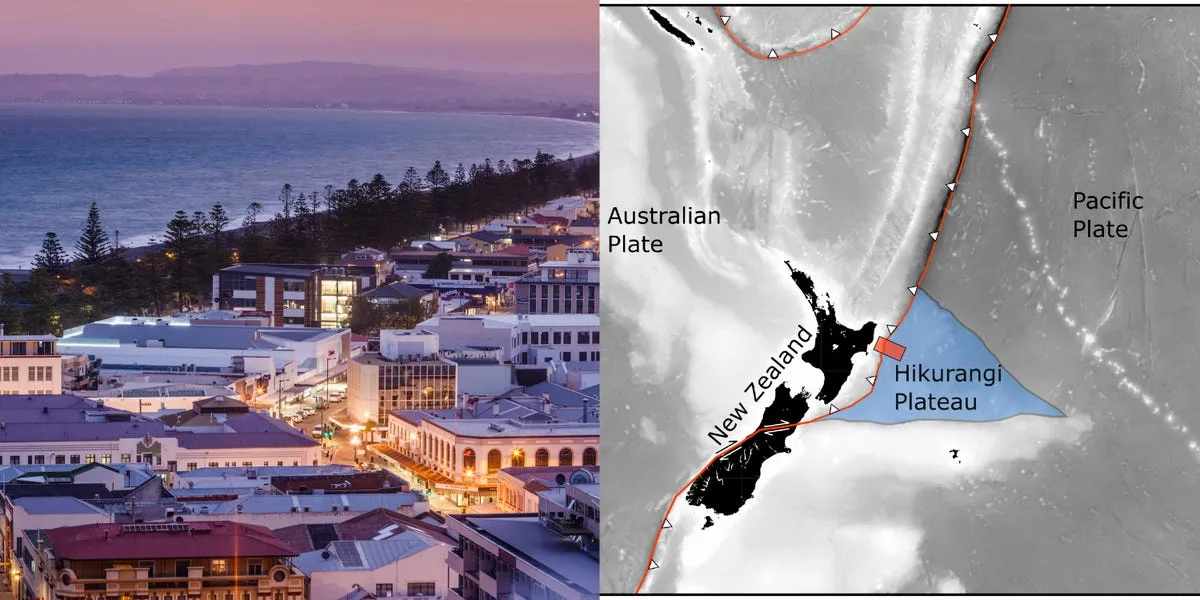Hidden Reservoir of Water in New Zealand May Explain Slow-Slip Earthquakes
The Phenomenon of Slow-Slip Earthquakes
Since 2002, New Zealand has experienced dozens of slow-motion earthquakes that ripple beneath its surface over weeks or even months. These events, known as slow-slip earthquakes or silent earthquakes, are different from regular earthquakes that occur in a matter of seconds or minutes. Instead, they can take up to a month to fully occur. Researchers have long speculated that water may play a role in dampening the effects of an earthquake and making the shaking less intense.
Discovery of a Hidden Reservoir of Water
Recently, scientists made a groundbreaking discovery that may explain the occurrence of slow-slip earthquakes in New Zealand. Through drilling, rock sampling, and taking seismic images of the Hikurangi subduction zone, researchers found a hidden reservoir of water. This finding, published in the peer-reviewed journal Science Advances, suggests that the presence of water in fault lines could be one of the reasons why New Zealand is prone to slow-slip earthquakes.
The Hikurangi Plateau
About 125 million years ago, a massive volcanic eruption created the Hikurangi Plateau, a chunk of igneous rocks roughly a third the size of the contiguous US. Over time, this plateau sank below sea level and is now being pushed into the Hikurangi subduction zone. The researchers found that the volcanic rocks in the plateau, unlike the hard basalt found in land volcanoes, contain a significant amount of water. This water content supports the theory that fluids under pressure can cause slower earthquakes, similar to the simulated slow earthquakes observed in laboratory experiments.
Understanding Slow-Slip Earthquakes for Predictive Purposes
While slow-slip earthquakes may not generate seismic signals that can be measured by traditional seismometers, they can release a large amount of energy over several weeks, with some events lasting years. Tracking their occurrence and movement requires the use of GPS technology. Researchers are particularly interested in determining whether these quiet quakes can serve as early warning signs for larger, more damaging earthquakes. In the past, slow slips have been observed prior to devastating earthquakes, such as the one that struck Japan in 2011. Gaining a better understanding of slow-slip earthquakes is crucial for anticipating and preparing for seismic events that could cause significant damage.







